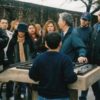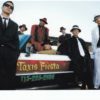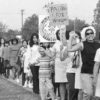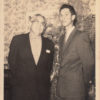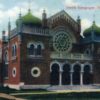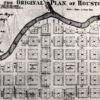By Mikaela Garza Selley From their beginnings, restaurants have served as more than just places to eat; people use restaurants as social centers and community landmarks. This is especially true in ethnic neighborhoods, where minority entrepreneurs have historically used their establishments to engage in civic activism. Doneraki Authentic Mexican Restaurant, Merida Mexican Café, Villa Arcos […]
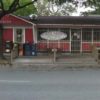

 Follow
Follow